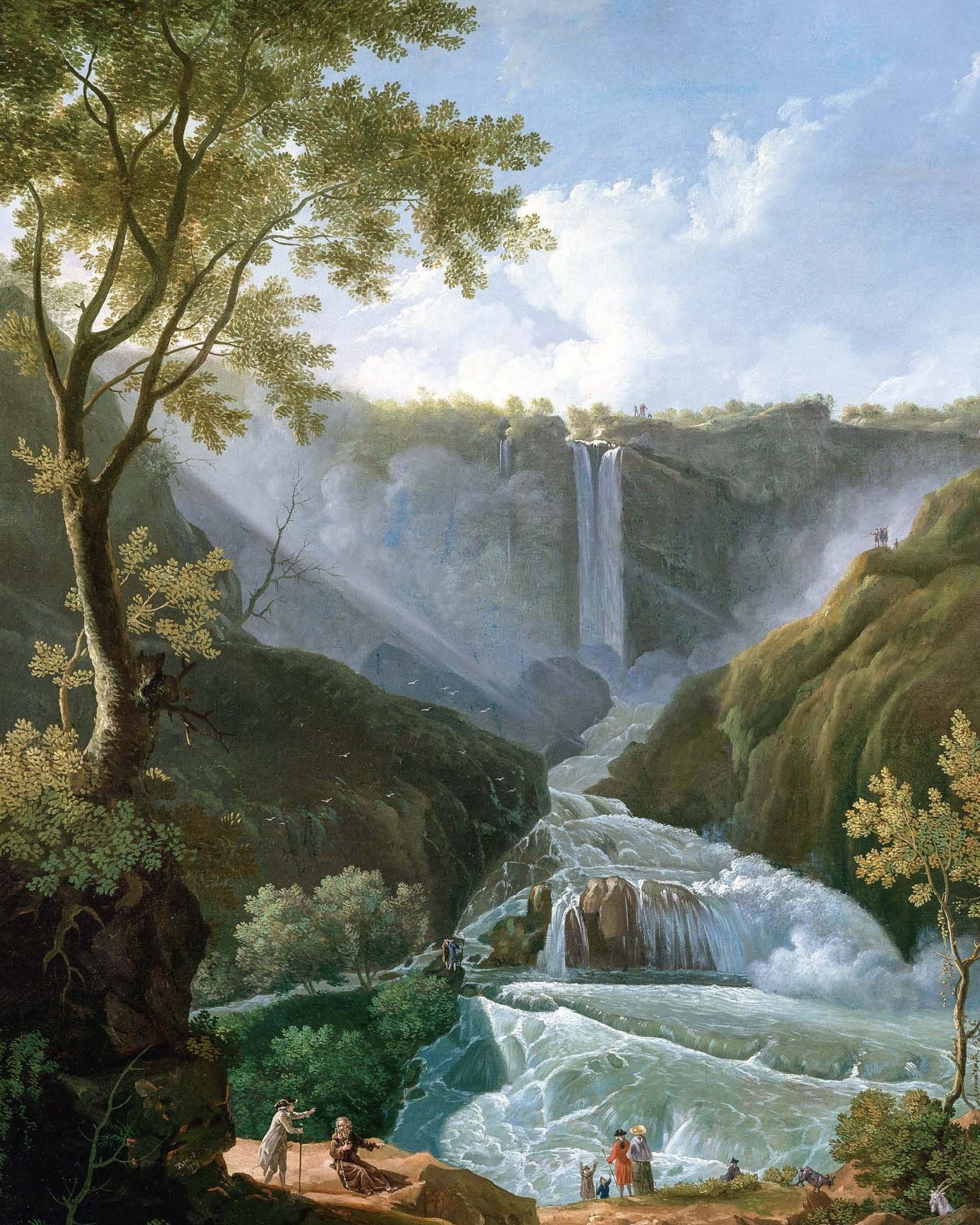
Legend of the Falls
UNNATURAL WONDER
Attilio BrilliNatura non facit saltum, Leibniz declared, “nature doesn’t proceed by leaps and bounds.” And though great waterfalls like Niagara or Iguazù may give the lie to the German philosopher’s claim, in the case of Marmore Falls, in the Italian region of Umbria, we may happily concur. Or, on the flip side, perhaps we should say ars fecit saltum; not nature, but human handiwork does both leap and madly bound. In the third century B.C., a Roman consul, Manius Curius Dentatus, obliged the placid river Velino, the haunt of nymphs, to plunge down the mountainside in a triple backflip, crashing from one crag to the next. The consul’s goal – which he ably accomplished – was to irrigate and render fertile the plain of Rieti, but over the centuries his skills as an agronomist have paled beside his achievement as a landscape designer. In the years of the Grand Tour, a visit to the “matchless cataract, horribly beautiful!” (as Byron wrote) and its fortuitous after-effect, a perennial diurnal rainbow, became a must for travelers to Rome; many painters, forerunners of the plein air movement, made day trips to depict that wondrous freak of nature. Or so it was thought. We now know it was actually a feat of Roman engineering as grand as the Colosseum.








